Doña Paula’s Tamales From Belize
- September 2021
- By Kendra Alfaro Ruiz
- Recipe from Belize
-
- (6)

Kendra Alfaro Ruiz makes these Belize-style traditional tamales steamed in plantain leaves just like her grandmother, Doña Paula, taught her. “It was her most special recipe,” recalls Kendra—they were made for the Christmas holiday every year con mucho amor.
Paulina Coleman Alfaro, Kendra’s grandmother, lived in a small village called Benque Viejo del Carmen in western Belize. She was an amazing cocinera and Kendra admires the care and attention to detail that her grandmother put into all of her authentic Belizean dishes. Doña Paula especially loved to make these prized chicken tamales (or bollos, as she called them) in large batches, reports Kendra, because she knew all of her children and grandchildren loved them.
Rather than rushing her tamale making, Doña Paula would wake up at 4 a.m. the day-of to start making the corn flour-based masa, the traditional red sauce called col, and the chicken filling, says Kendra, who now lives in Orlando, Florida with her family.
Waking up pre-dawn to help make them wasn’t easy for Kendra back then (she was a teenager), but she still lovingly remembers the fun times she and her abuela had together in and out of the kitchen when she was growing up. She also remembers the weekend Doña Paula officially passed down her recipes and cooking techniques to Kendra to keep the food traditions alive in their family. ”My grandma taught me when I got married. She came to my house for a weekend in my tiny apartment and taught me how to cook several things that are important to her.”
That weekend is when Kendra learned how to make these tamales. Kendra loves them even more now since they remind her of a time when her grandmother was still with them. “She is greatly missed by all,” says Kendra of Doña Paula. “Born: June 22, 1928. Sunset: May 28, 2019. My gran means the world to me. I’ve spent summers, holidays, birthdays, everything with her! I miss her everyday but I am rewarded when I dream of her! She has never left me.”
To this day, Kendra still only makes Doña Paula’s beloved tamales once a year on Christmas, the same day her abuela work up at 4 a.m. to start the preparations for their family holiday feast every year.
Belize Tamales Cooking and Serving Tips
Kendra offers these tips for making their Belizean tamales, which have their roots in her homeland’s Mayan food heritage: “For the cooked chicken, in Belize we use stewed chicken already made in our recado paste. And add one small piece of pollo meat to each tamal. Add chopped cilantro onions and any type of [chile] pepper. My favorite is habanero! Gives it a great taste.”
When serving, Kendra’s family traditionally accompanies these tamales with frijoles negros. ”My father’s favorite was when my grandma added black beans. I believe it is because my grandpa requested some to be made for him” as a side dish one time and everyone loved it. ”It became a specialty my grandma made for her children” from that day on.
Other family-famous dishes in Kendra’s family include their Mexican-style Familia Kitchen Recipe Contest-winning mole : Aunt Coty’s Mole with Guajillos, Cocoa and Peanuts.
No matter their origin or style of recipe, if they use corn husk or banana leaves, tamales are a prized dish throughout much of Latin America, served on the most special of occasions.
A Celebration of Tamales Around el Mundo
Curious about tamales around el mundo—and the many names they go by?
No matter their origin or style of recipe, if they use corn husk or banana leaves, tamales are a prized dish throughout much of Latino cultures, served on the most special of occasions. If you want to try other versions of this ancestral comida, check out Familia Kitchen’s family-famous recetas for these masa-stuffed wonders:
• Luis’ Guatemalan tamales;
• Liliana’s Venezuelan beef, pork and chicken hallacas;
• Michelle and Pat’s Puerto Rican yuca, plantain, green bananas & pork pasteles;
• Lisa’s Tamales with Chicken & Pork from Panama
• Nanni’s Mexican tamales with pork & guajillo chiles;
• We even celebrate legendary Mexican artist Frida Kahlo’s favorite red pork tamales!
If you want to go deeper, check out our go-deep history of tamales in Belize, Mexico and across Latinx cultures.
Ready to Try Doña’s Tamales from Belize?
MoreLike This


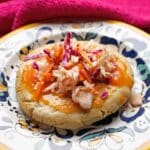
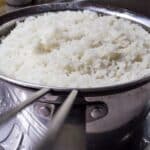
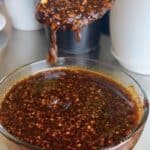
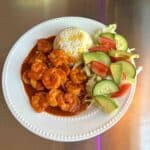
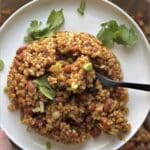
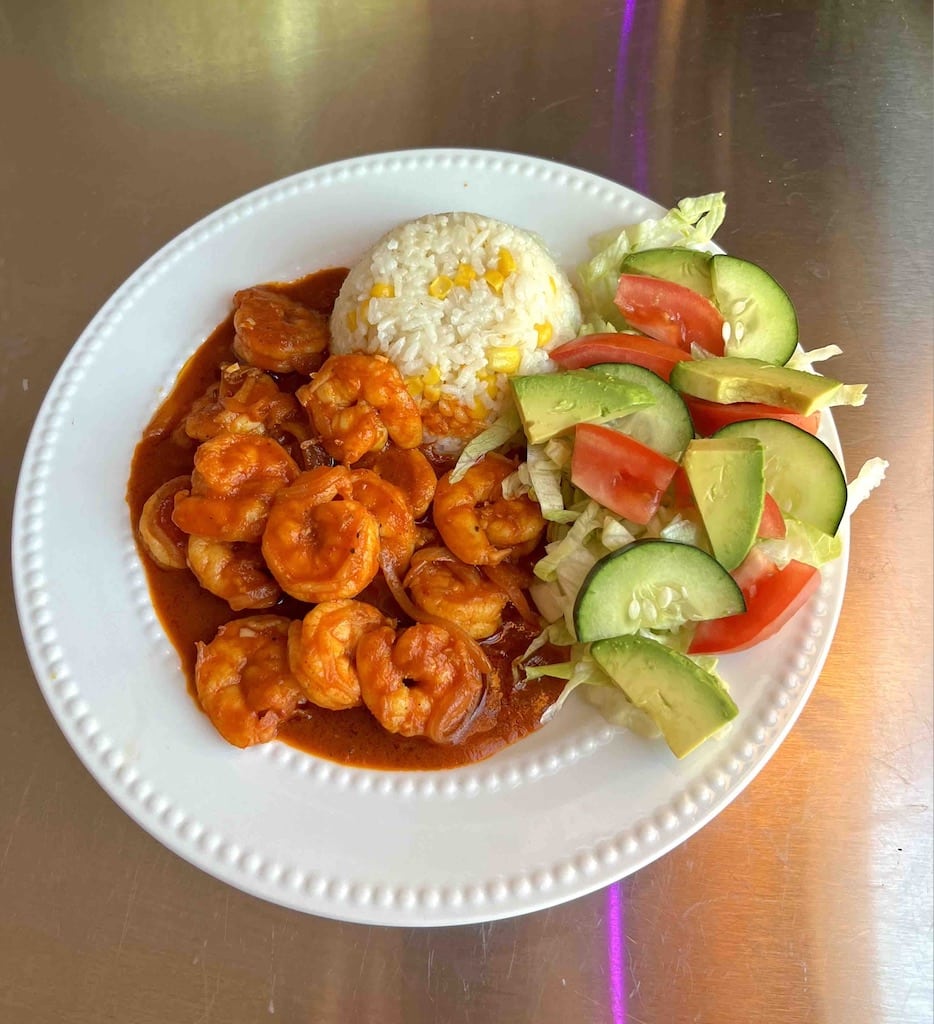
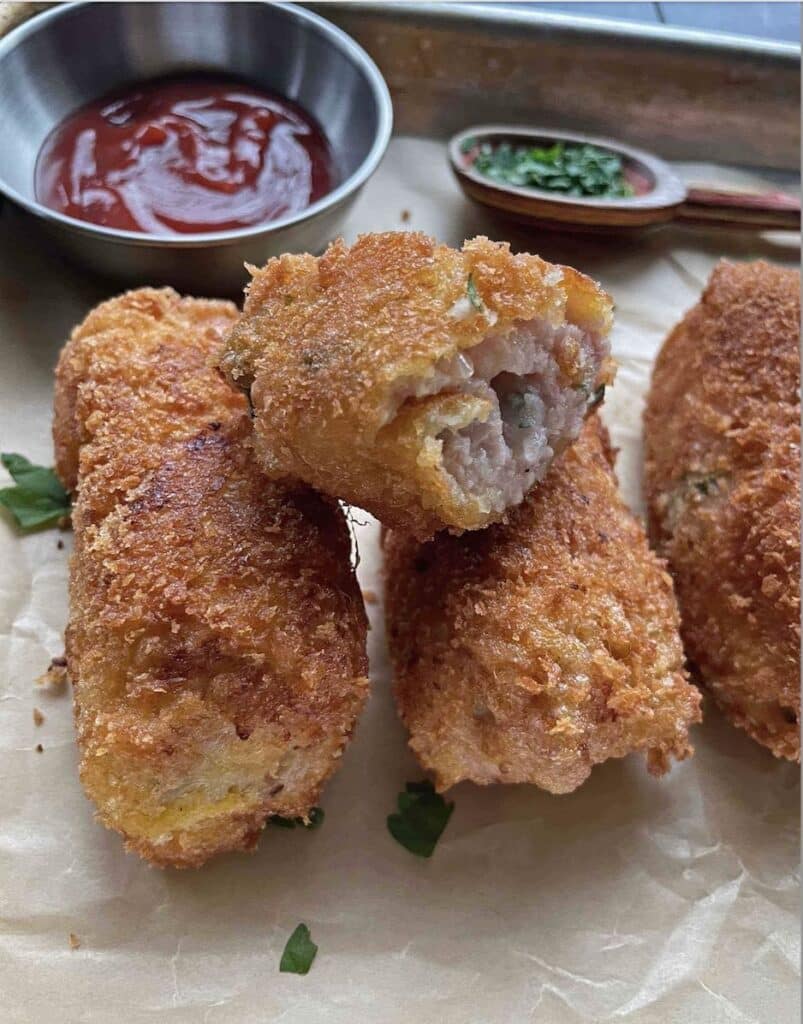
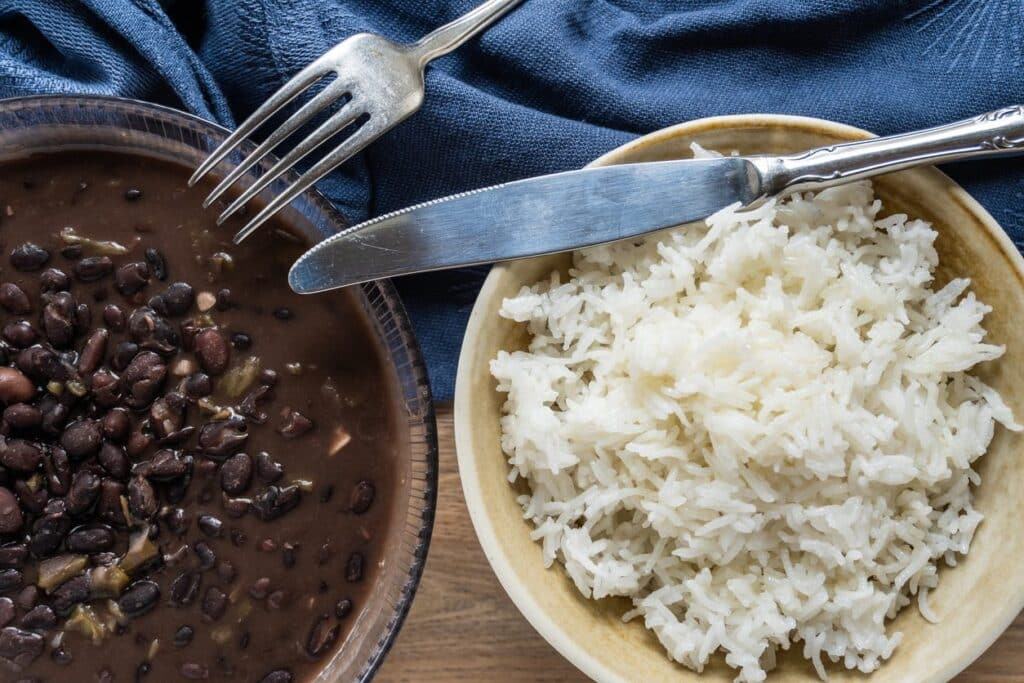
Got a question or suggestion?
Please rate this recipe and leave any tips, substitutions, or Qs you have!